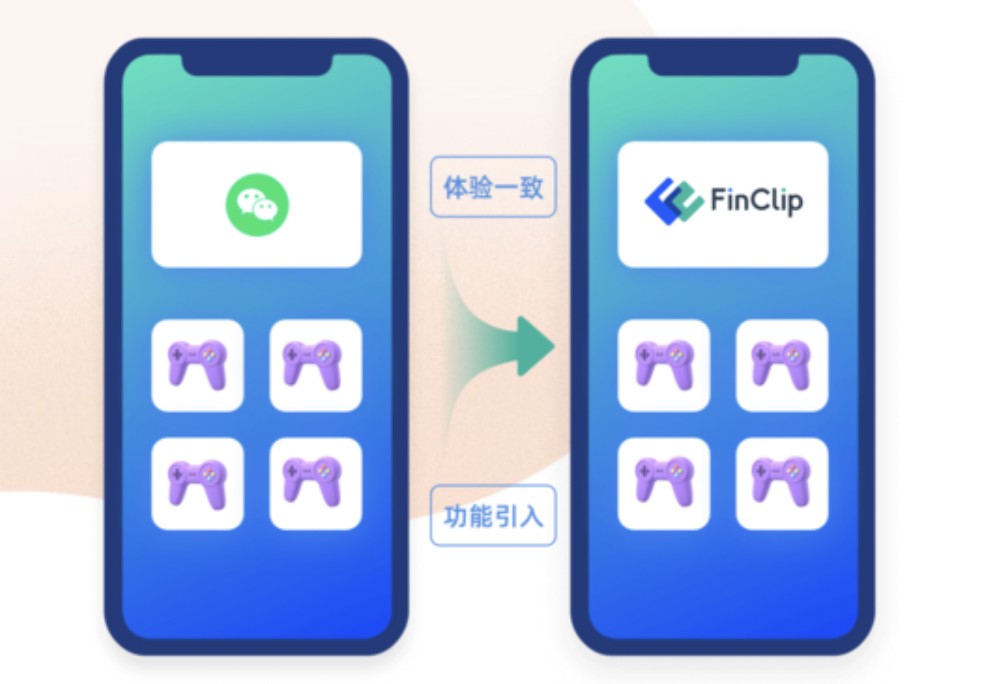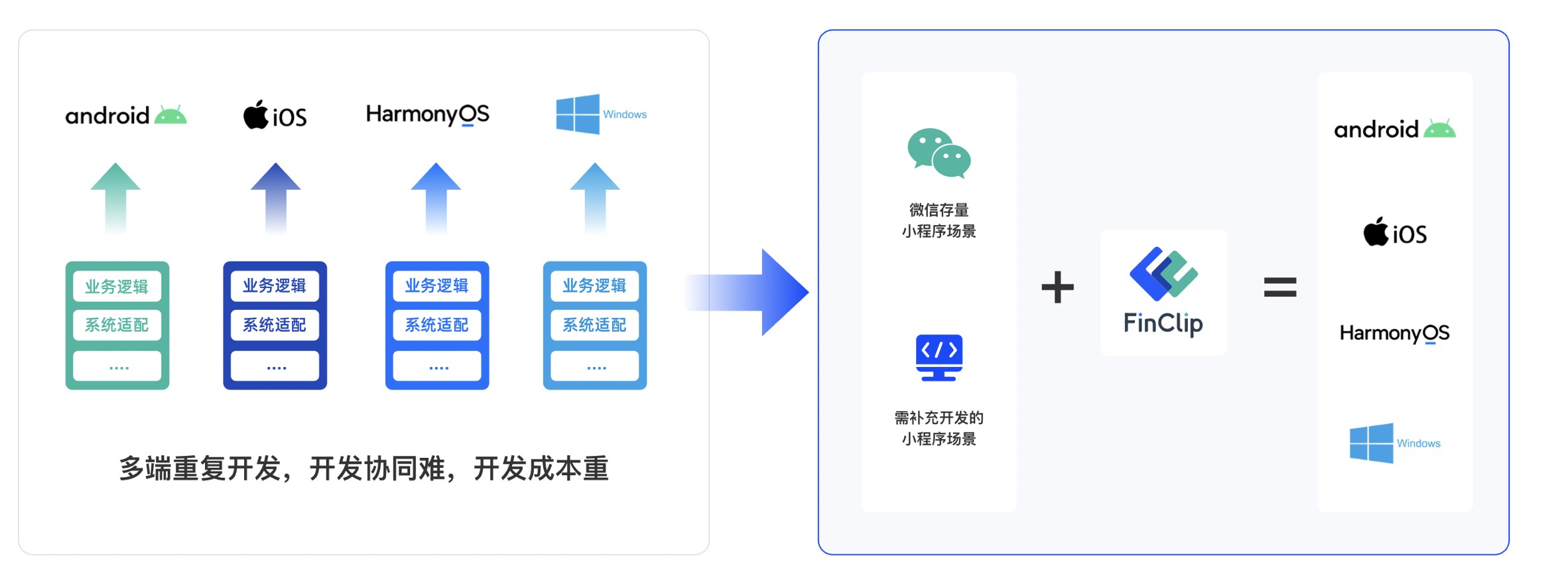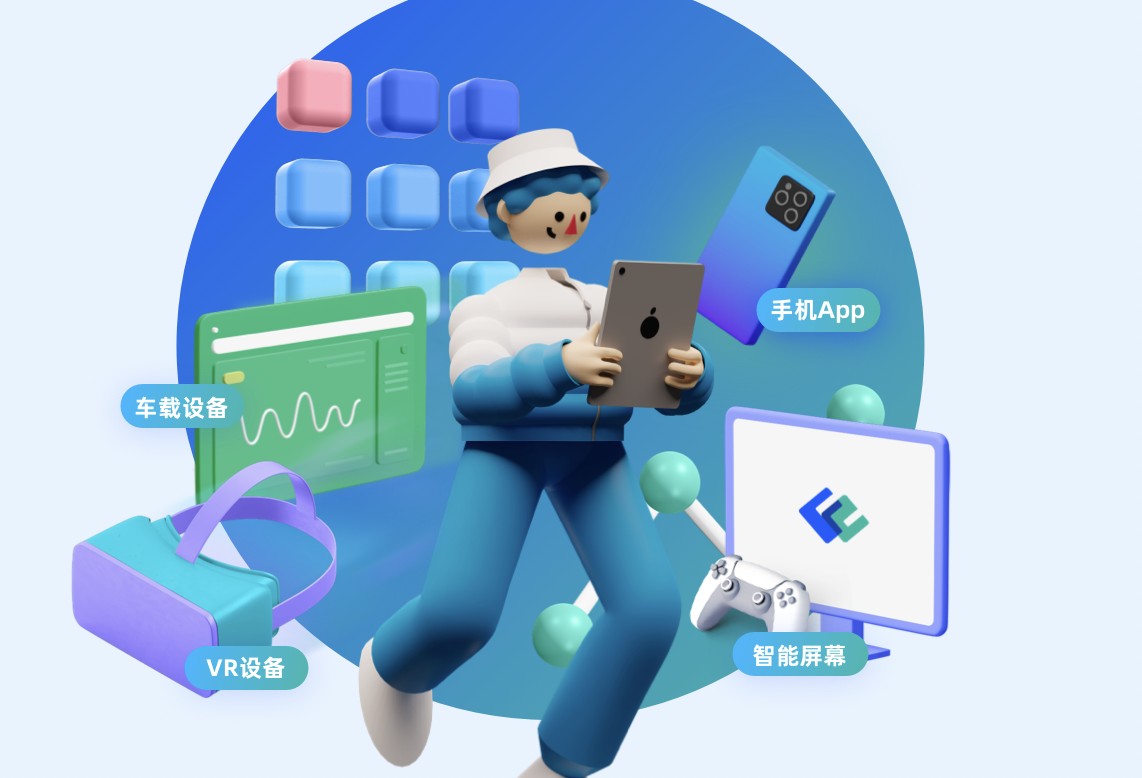
Ambience:极简、轻量亮度调节框架库及可定制视图组件
Ambience:极简、轻量亮度调节框架库及可定制视图组件

Ambience
Brightness aware accessibility theme switching without coding.
Special thanks
I'd like to thank Meng To and Marcos Griselli and all the Design+Code team for the support given to this project. Design+Code app is the place to go if you want to learn more about design and iOS development. The app is also the App Store debut of Ambience.
You may also follow the Ambience tutorial on Design+Code.
Thanks a lot guys!
Example
To run the example project, clone the repo, and run pod install from the Example directory first.
If you find that pod install responds Unable to find a specification for Ambience, you may pod repo update.
Installation
Ambience is available through CocoaPods and it's highly recommended you use it. To install it, simply add the following line to your Podfile:
pod 'Ambience'
To enable it you have to call the Ambience singleton on your App Delegate like this:
import UIKitimport Ambience@UIApplicationMainclass AppDelegate: UIResponder, UIApplicationDelegate { var window: UIWindow? func application(_ application: UIApplication, didFinishLaunchingWithOptions launchOptions: [UIApplicationLaunchOptionsKey: Any]?) -> Bool { _ = Ambience.shared return true }}
Pretty standard stuff, right?
Ambience is so very convenient because it does a little bit of black magic under the hood. If you feel curious about how this work, scroll down to the Nitty-Gritty section.
Built-in support
Ambience has built-in support for the background color for the following Interface Builder objects:
View and all its children;Search, Navigation and Tab bars and all of its children;Text View, Button, and Label and all of its children.
There is also support for the text color for:
Text View, Button, and Label and all of its children.
And there is also support for dark and light bar styles on:
Search, Navigation and Tab bars and all of its children.
Customizing a view
To customize an Interface Builder view, use the Inspectable Properties on the Attributes Inspector. Don't forget to turn Ambience On for that view.
Search, Navigation, and Tab need to be turned on but their respective styles are not customizable.
Custom Behaviors
It's also possible to define custom Ambience behavior on any Object that inherits from NSObject. Follow the instructions.
Define an Override of the Ambience Method
In this example, we are implementing the current behavior for Search, Navigation and Tab bars. It guards the notification data for the current state as an Ambience State and sets the bar style accordingly.
public override func ambience(_ notification : Notification) { super.ambience(notification) guard let currentState = notification.userInfo?["currentState"] as? AmbienceState else { return } barStyle = currentState == .invert ? .black : .default}
The notification user info dictionary also comes with the previous state so that more complex stateful behaviors can be implemented. It may also come with an animated boolean attribute the is usually set to true and, at the first run, set to false so as not to have animation upon view appearance.
Turning Ambience On
If your object is set on Interface Builder, use the Attributes Inspector and set to On the Ambience value.
In case you are setting this object programmatically, just set its ambience boolean value to true before placing it.
Known issues
Text View inside collection
If you are using a Text View inside a Table View Cell or a Collection View Cell and, in the process of dequeuing it you set its attributed text, beware. Right after assigning the new Attributed Text will need to write a mandatory single line of code to have Ambience work in the Text View properly.
Follow the example:
// Inside the respective Table View Controlleroverride func tableView(_ tableView: UITableView, cellForRowAt indexPath: IndexPath) -> UITableViewCell { let cell : TextTableCell! = tableView.dequeueReusableCell(withIdentifier: "Cell with text") as! TextTableCell cell.textView?.reinstateAmbience() return cell}
It's simple yet mandatory.
I could have set some observers inside Text View so it could perform it on its own, but I won't do it at the risk of referencing cycles and swizzling madness.
Nitty-Gritty
Yes. You need only a line of code to have Ambience work right out of the box. But there is a detail. For this to work, Awake From Nib is swizzled when you call Ambience.shared.
If you don't know what swizzling is, here goes a little explanation.
Swizzling two methods is nothing but swapping two method addresses. What do I mean by address? Why did I do this?
I wanted every UIView to have access to Ambience. To have that, I had to do some configuration in the UIView before it reaches the device's screen. I chose to do this in the Awake From Nib method because it's guaranteed to be called right before the view hits the screen and on most of the UIView objects, such as Navigation Bar, Search Bar and Tab Bar, that have a different lifecycle from a regular UIView.
static let classInit : Void = { swizzling(forClass: UIView.self, originalSelector: #selector(awakeFromNib), swizzledSelector: #selector(swizzled_awakeFromNib))}()@objc open func swizzled_awakeFromNib () { let name = String(describing:type(of: self)) guard !NSObject.forbiddenNames.contains(name) else { return } swizzled_awakeFromNib() if ambience { _ = notificationManager }}
The swizzling is going to happen to the address of Awake From Nib but will not affect inner calls. Let me explain. When UI Kit calls awakeFromNib on a UIView, what is actually going to happen is view.swizzled_awakeFromNib. Nonetheless, when swizzled_awakeFromNib is called inside swizzled_awakeFromNib, it actually calls awakeFromNib, thus, giving us access to the default implementation.
In another word, this is a complicated way of adding this few lines to every single UIView and any of its children:
if ambience { _ = notificationManager}
Final note
If you have a nice idea or think that some edit of it might apply to a larger audience, feel free to create a pull request.
I'd like Apple to open the Trait Environment API so I may apply for my Trait Collection extension and delete a few hundred lines of code. If you are there Apple: please, open it.
Author
tmergulhao, me@tmergulhao.com
License
Ambience is available under the MIT license. See the LICENSE file for more info.
版权声明:本文内容由网络用户投稿,版权归原作者所有,本站不拥有其著作权,亦不承担相应法律责任。如果您发现本站中有涉嫌抄袭或描述失实的内容,请联系我们jiasou666@gmail.com 处理,核实后本网站将在24小时内删除侵权内容。
发表评论





暂时没有评论,来抢沙发吧~